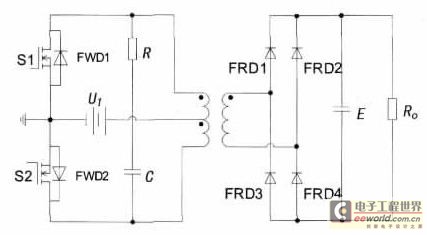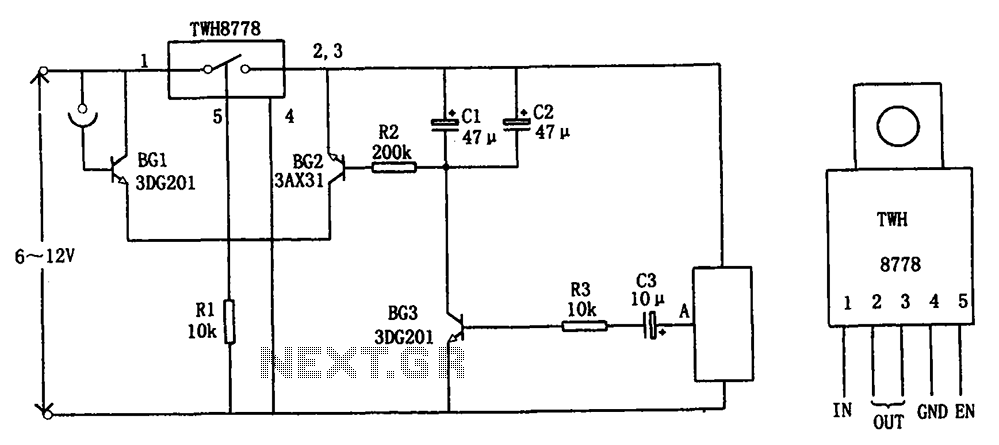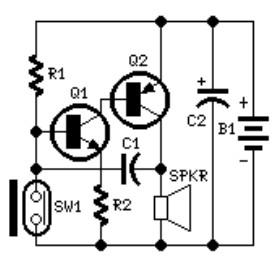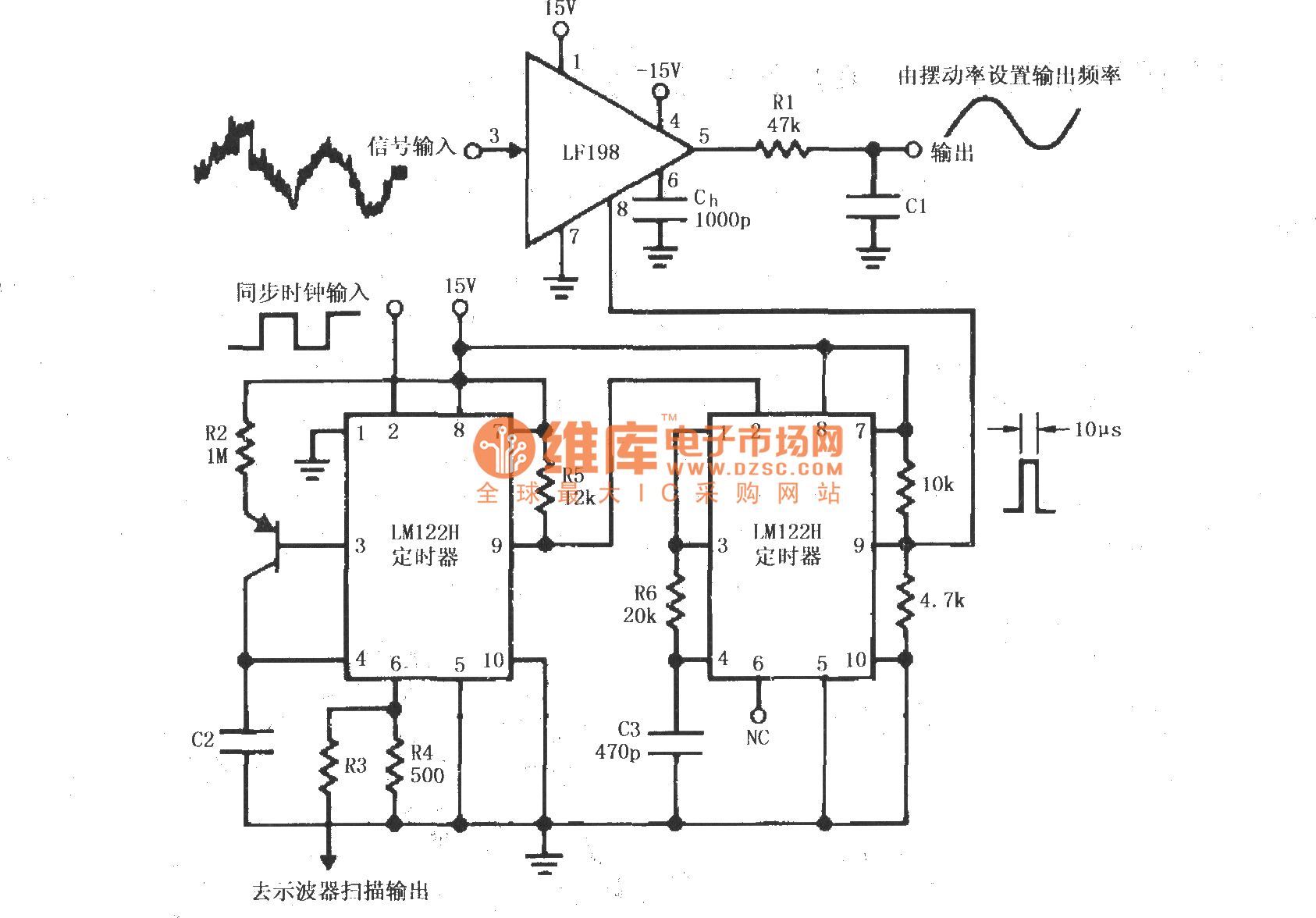
Motion activated joule thief circuit
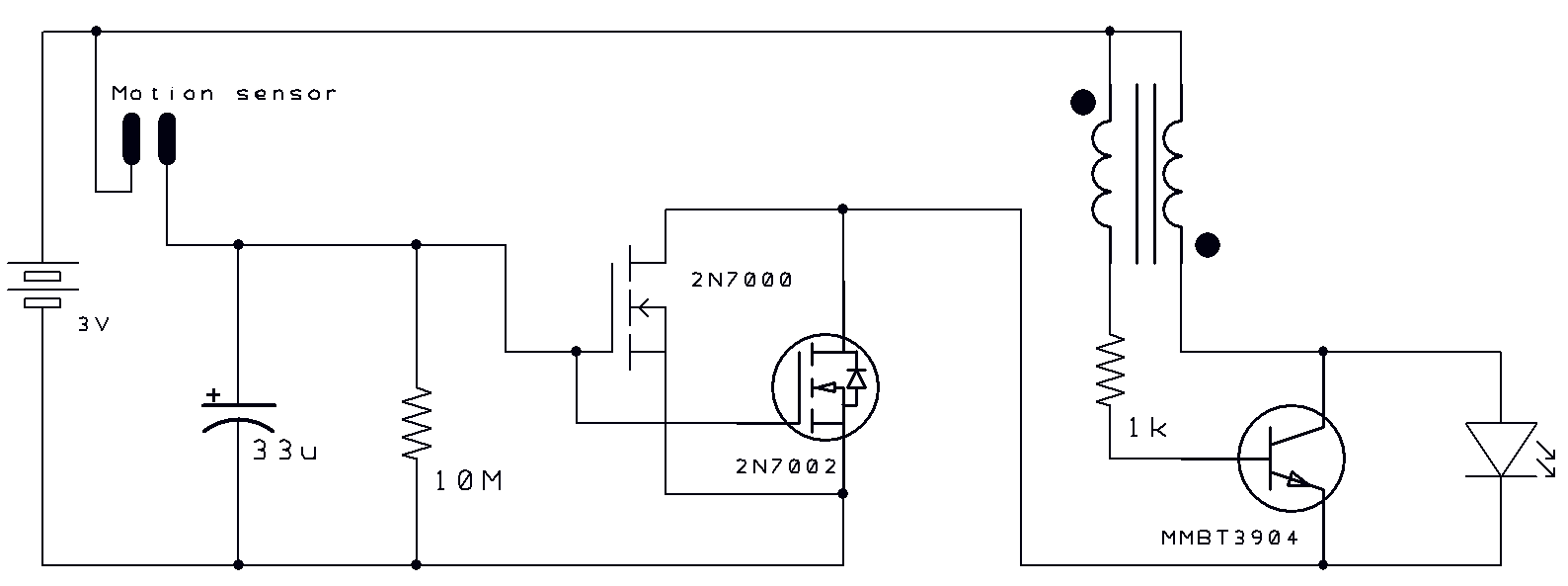
Two thoughts on a motion-activated Joule Thief LED bike light. The circuit for switching on and delayed switch-off is simple.
The motion-activated Joule Thief LED bike light utilizes a straightforward circuit design that capitalizes on the principles of energy conservation and efficient power usage. The Joule Thief circuit is a low-power boost converter that allows for the use of energy from depleted batteries, making it ideal for applications where power sources are limited.
The motion detection component typically employs a passive infrared (PIR) sensor or a similar device that detects movement within a specified range. Upon detection of motion, the circuit activates the LED light, providing illumination for safety during nighttime cycling. The design includes a delayed switch-off feature that keeps the light on for a predetermined period after motion ceases, enhancing visibility and safety for the user.
The circuit consists of a few key components: a power source (usually a low-voltage battery), a Joule Thief circuit that includes a transistor, a resistor, and an inductor, as well as the LED itself. The PIR sensor or motion detector is integrated into the circuit to control the activation and deactivation of the LED.
When the motion sensor detects movement, it sends a signal to the Joule Thief circuit, enabling it to draw power from the battery and illuminate the LED. The delayed switch-off mechanism can be achieved using a capacitor that holds the charge momentarily, allowing the LED to remain lit for a short duration even after the motion has stopped.
This design not only maximizes battery life but also ensures that the bike light is functional only when needed, providing an efficient and practical lighting solution for cyclists.","2 thoughts on Motion activated joule thief led bike light. The switch-on and delayed switch-off circuit is simple. 🔗 External reference
The motion-activated Joule Thief LED bike light utilizes a straightforward circuit design that capitalizes on the principles of energy conservation and efficient power usage. The Joule Thief circuit is a low-power boost converter that allows for the use of energy from depleted batteries, making it ideal for applications where power sources are limited.
The motion detection component typically employs a passive infrared (PIR) sensor or a similar device that detects movement within a specified range. Upon detection of motion, the circuit activates the LED light, providing illumination for safety during nighttime cycling. The design includes a delayed switch-off feature that keeps the light on for a predetermined period after motion ceases, enhancing visibility and safety for the user.
The circuit consists of a few key components: a power source (usually a low-voltage battery), a Joule Thief circuit that includes a transistor, a resistor, and an inductor, as well as the LED itself. The PIR sensor or motion detector is integrated into the circuit to control the activation and deactivation of the LED.
When the motion sensor detects movement, it sends a signal to the Joule Thief circuit, enabling it to draw power from the battery and illuminate the LED. The delayed switch-off mechanism can be achieved using a capacitor that holds the charge momentarily, allowing the LED to remain lit for a short duration even after the motion has stopped.
This design not only maximizes battery life but also ensures that the bike light is functional only when needed, providing an efficient and practical lighting solution for cyclists.","2 thoughts on Motion activated joule thief led bike light. The switch-on and delayed switch-off circuit is simple. 🔗 External reference

